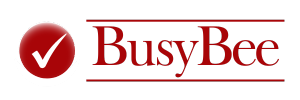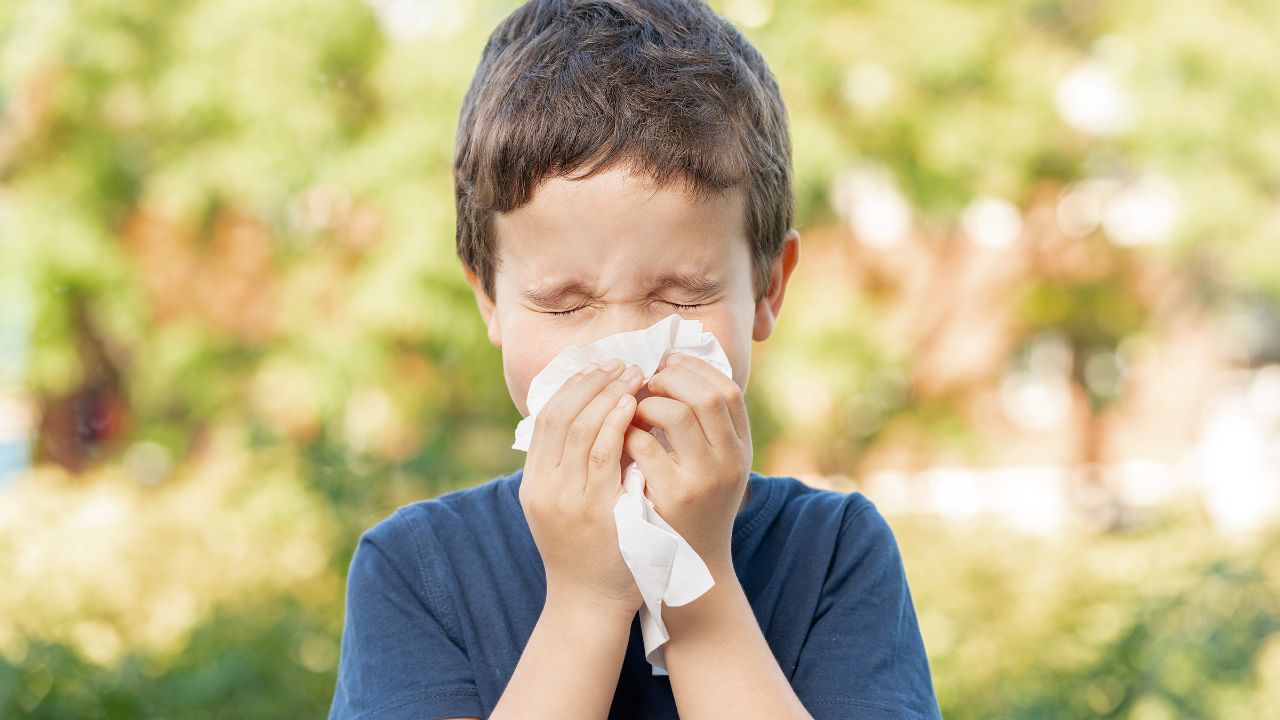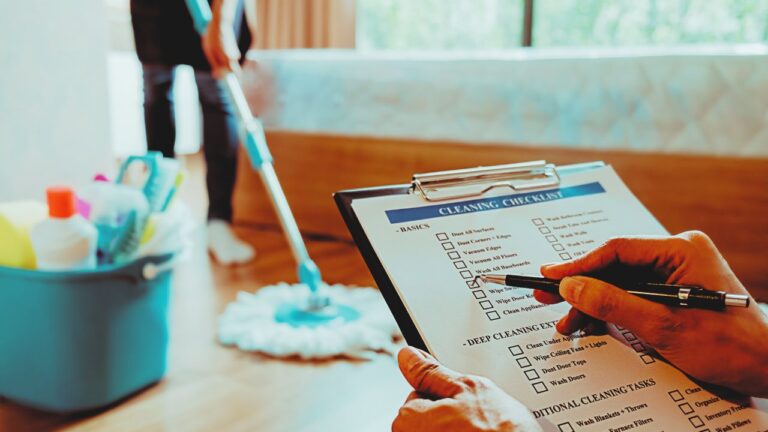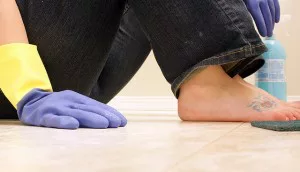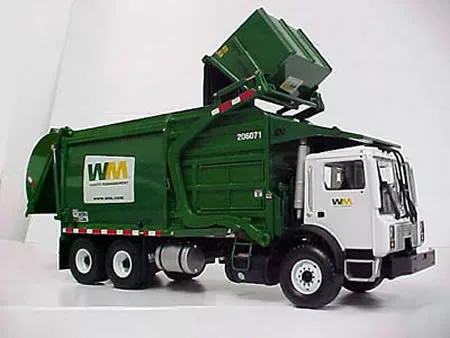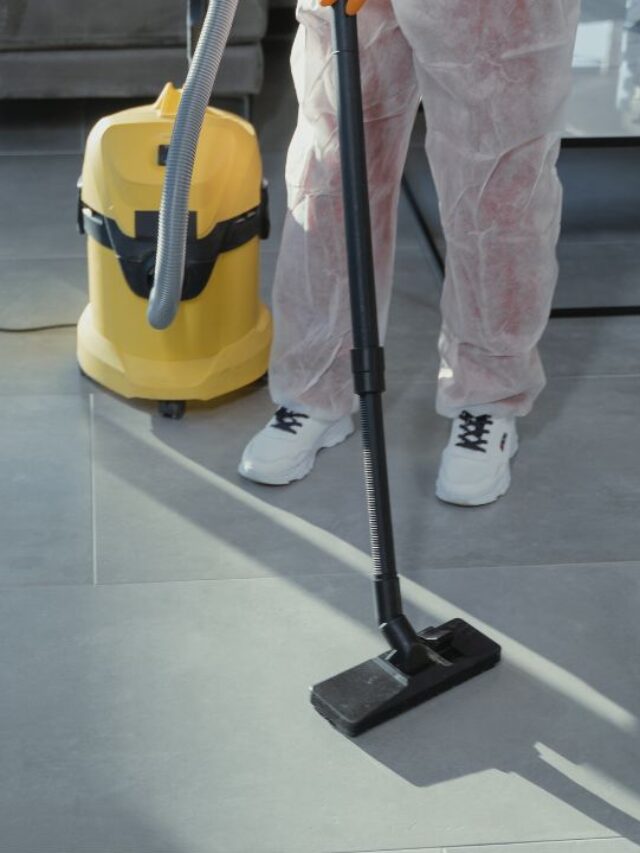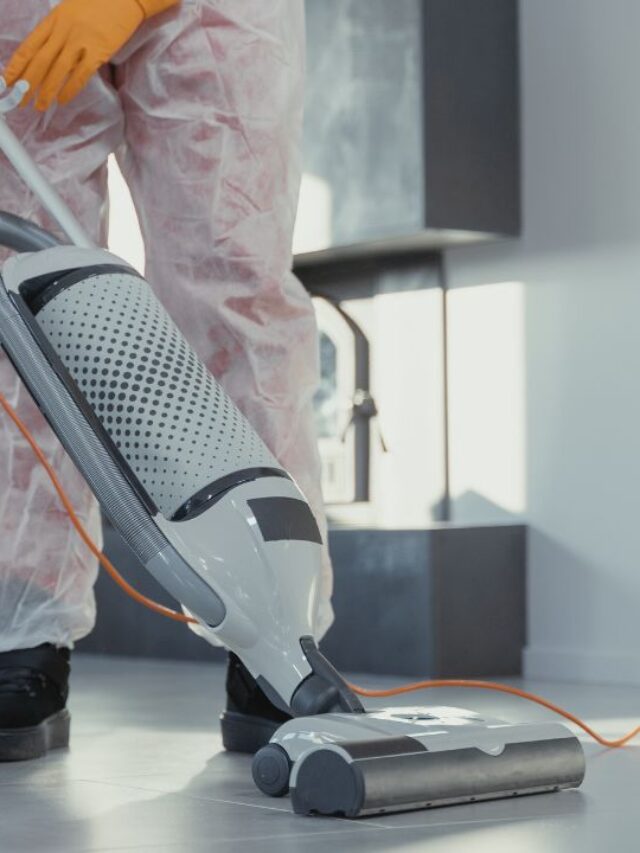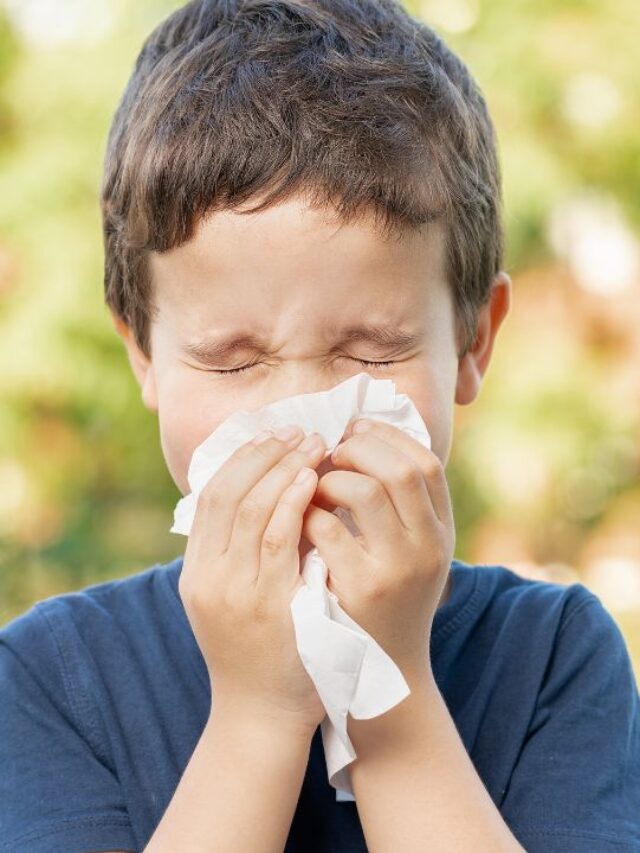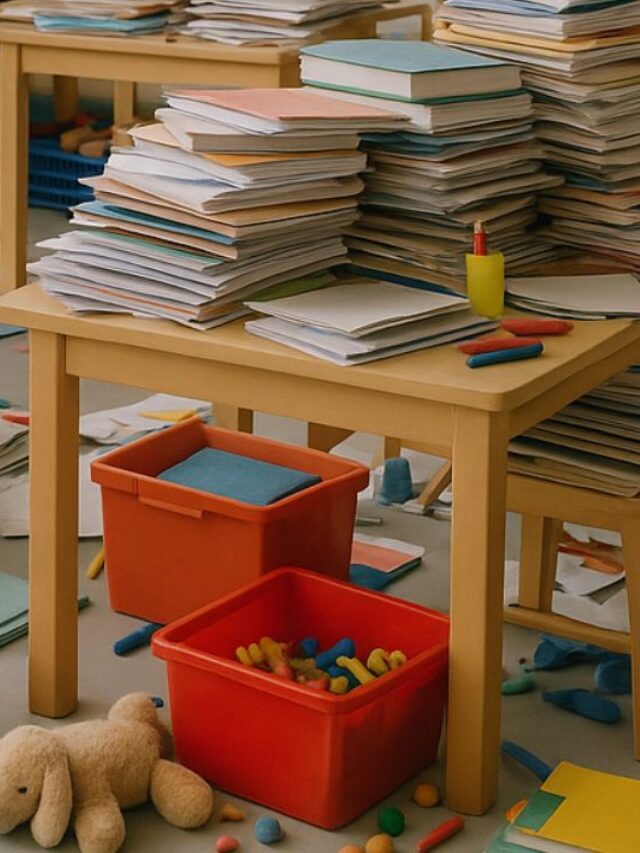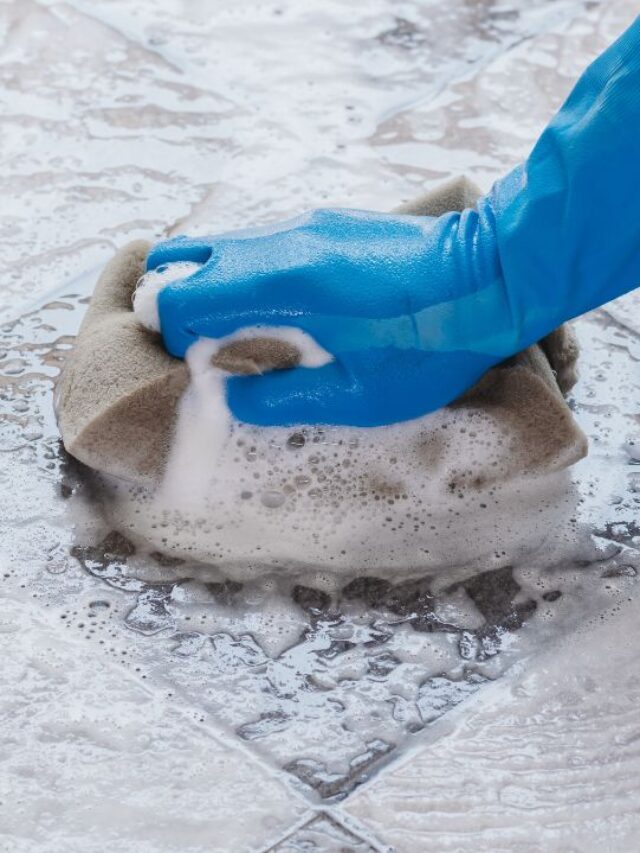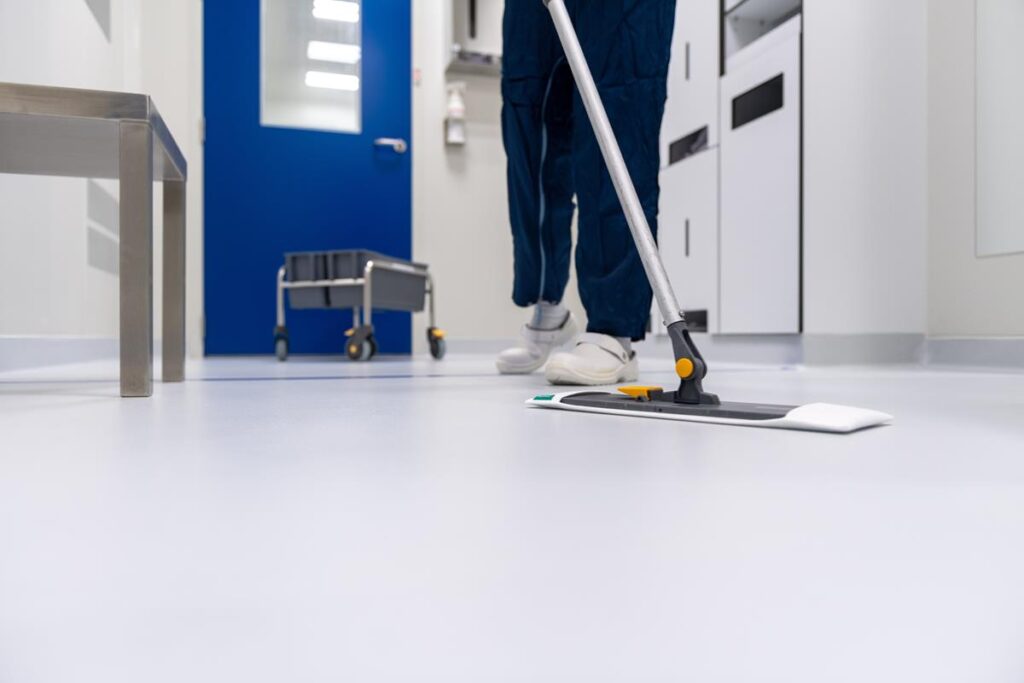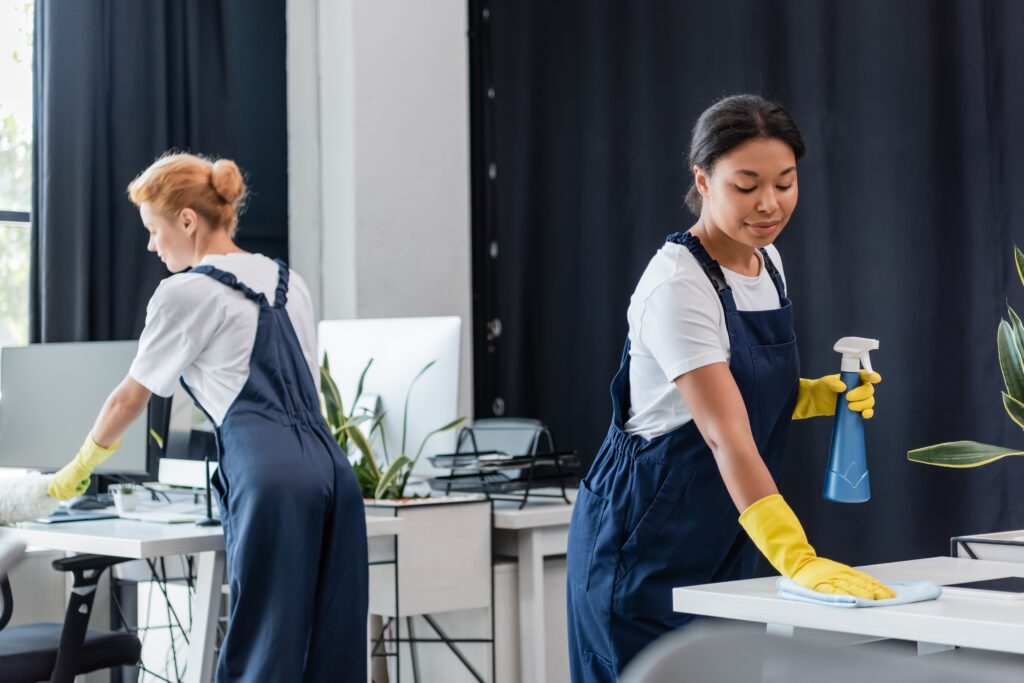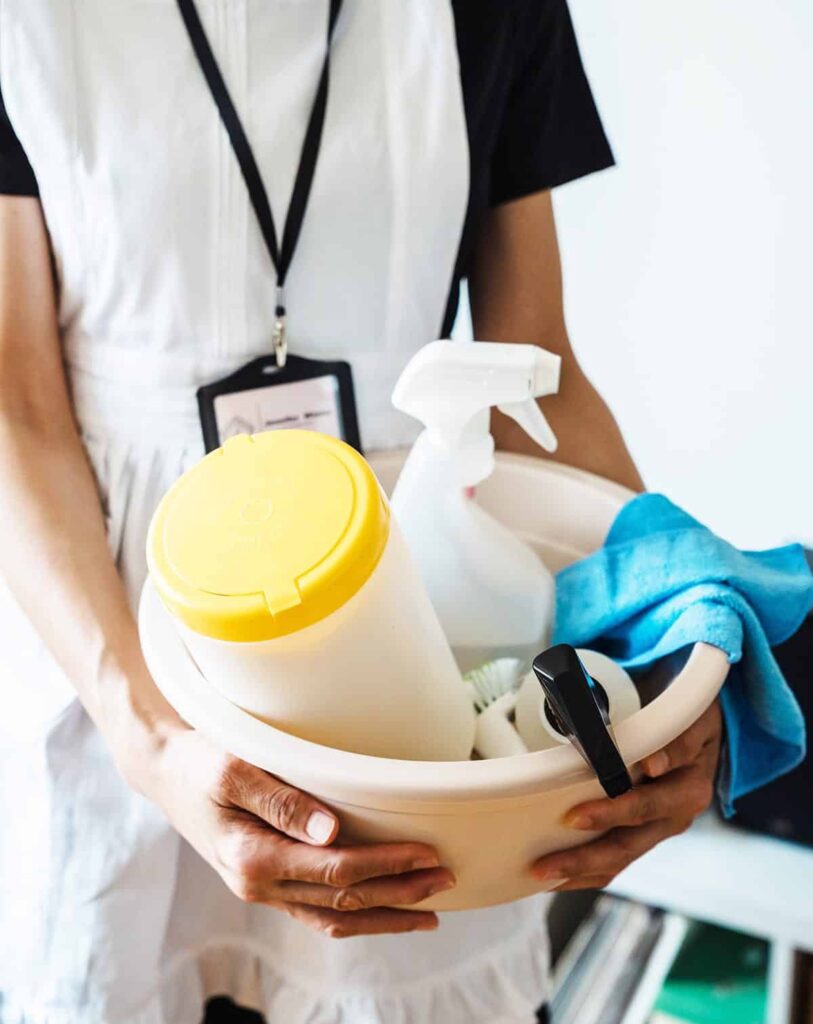The Best Ways to Keep Schools Clean During The Flu Season
Every year, the flu season hits New York schools hard — absenteeism spikes, lesson plans are disrupted, and administrative teams scramble to contain outbreaks. In high-traffic educational centers, prevention is everything. With hundreds of students and staff interacting daily, keeping surfaces sanitized and environments healthy becomes more than a task — it’s a necessity. That’s where strategies fo clean schools during flu season come into play. A well-structured cleaning routine supported by trained professionals can drastically reduce transmission rates and keep learning on track.
1. The High Stakes of Flu Season in Educational Centers
Flu season isn’t just about a few sniffles. It can turn a smoothly running school into a hotspot for viruses. From elementary classrooms to college lecture halls, communal spaces become breeding grounds for germs. With shared desks, cafeteria trays, water fountains, and door handles, the risk of transmission increases exponentially. A single infected student or staff member can impact dozens more without proper sanitization protocols.
The economic and educational cost is steep. When attendance drops, funding and performance both suffer. That’s why administrators must look beyond routine cleaning and implement targeted janitorial solutions designed for flu-heavy months. This is not the time for shortcuts — it’s the time for professional reinforcement.
Keep Your Office Spotless with Our Free Office Cleaning Checklist!
Want to make sure you’re covering all the essential cleaning tasks? Our comprehensive guide covers all essential cleaning tasks, from daily tidying to deep cleaning tips. Make sure no spot is missed and create a healthier, more organized workspace today!

2. Prioritize Hand Hygiene in Classrooms and Hallways
Hand hygiene remains one of the most effective defenses against viruses. Strategic placement of hand sanitizer dispensers in hallways, entrances, cafeterias, and every classroom reinforces the habit and increases compliance. Students and staff should be encouraged to use sanitizer before meals, after recess, and between class transitions.
Visual cues like posters and teacher prompts can go a long way in changing habits. But accessibility is key: if the dispensers are empty or broken, the opportunity is lost. That’s why consistent restocking and equipment checks should be part of any flu-season cleaning plan.

3. Daily Disinfection of High-Touch Surfaces
Certain surfaces demand special attention during flu season. These include:
- Desk and chair surfaces
- Light switches
- Door knobs and railings
- Shared electronic devices
- Cafeteria tables
Each of these items is touched by multiple people daily. Without a proper disinfecting routine, they can easily become flu transmitters. Disinfectants approved by health authorities should be used regularly throughout the day, especially between classroom shifts or student groups.
An expert janitorial team will know how to rotate cleaning efforts without disrupting class time — a subtle but essential skill during school hours.
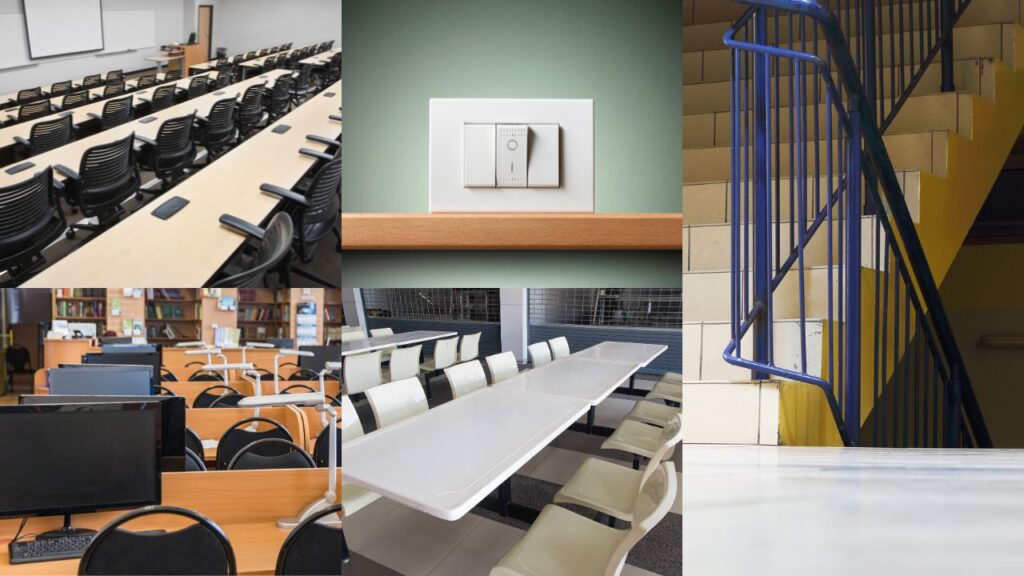
4. Stock and Monitor Tissue and Soap Supplies
Supplies like tissues and soap are frontline tools against flu germs. When these items run low, hygiene drops. Unfortunately, this is often where cleaning plans fail — no soap in the bathroom, no tissues in the classroom, and students resort to using their sleeves or hands.
Janitorial staff should perform scheduled checks multiple times a day, especially in younger-grade buildings where usage is high. Smart stocking strategies paired with responsive restocking can make all the difference. A clean space is only effective if the people in it can maintain personal hygiene.

5. Custodial Best Practices During Peak Illness Periods
Flu season calls for a shift in pace. Janitorial teams should operate on an enhanced schedule, incorporating:
- Mid-day wipe-downs of communal areas
- After-lunch cafeteria deep cleans
- Afternoon disinfecting rounds
- Full-room cleanups post-dismissal
These practices help ensure that the buildup of germs is addressed multiple times per day. Using a checklist or cleaning log helps maintain consistency across shifts and prevents missed areas. It’s this kind of professional attention to detail that separates general cleaning from flu-season readiness.
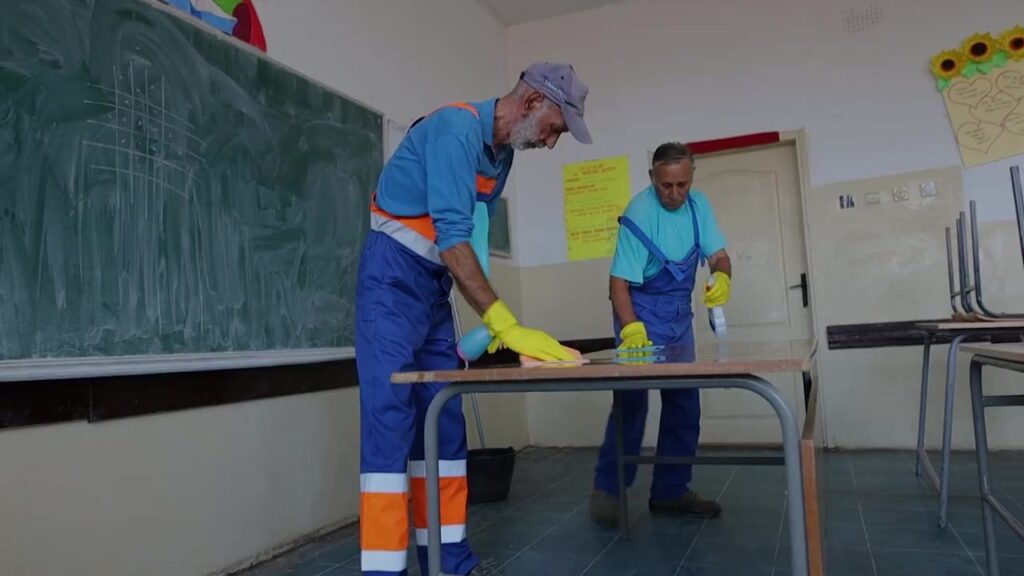
6. Partnering with a Professional Cleaning Team
Some schools rely on in-house custodians, while others outsource to professional services. During flu season, the advantages of partnering with an experienced team are clear. Professionals bring consistency, scalable staffing, and a deep understanding of health code compliance. They also bring the ability to respond quickly to time-sensitive requests, like a classroom needing emergency disinfecting after a flu report.
Busy Bee’s janitorial services are designed with these priorities in mind — offering reliability, trained personnel, and structured protocols tailored to educational environments. Whether you manage a small private academy or a large district facility, flu prevention starts with a cleaning partner who gets the job done right every time.
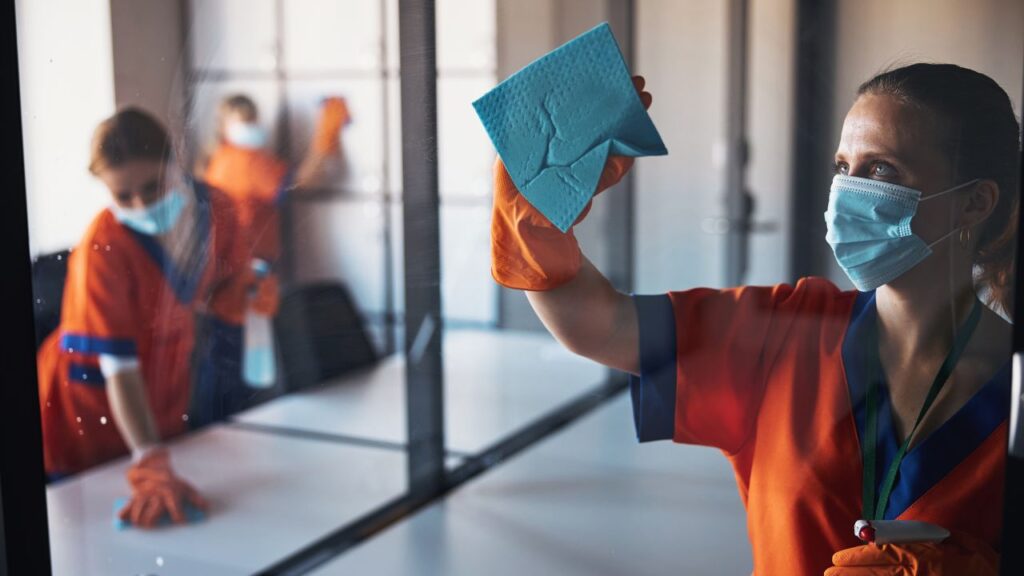
7. Spot Cleaning Throughout the Day
Even with scheduled cleaning, unexpected messes pop up. Vomit, spills, sneezes on surfaces — they happen, and they spread germs if not dealt with fast. That’s where spot cleaning becomes essential. Having mobile kits with gloves, paper towels, disinfectant spray, and trash bags can empower teachers and day porters to act quickly.
This isn’t about doing the janitor’s job — it’s about closing the gap between scheduled cleanings and real-world messes. A single sneeze can leave a viral residue on desks and keyboards. When spot cleaning is normalized, flu germs have less room to spread.
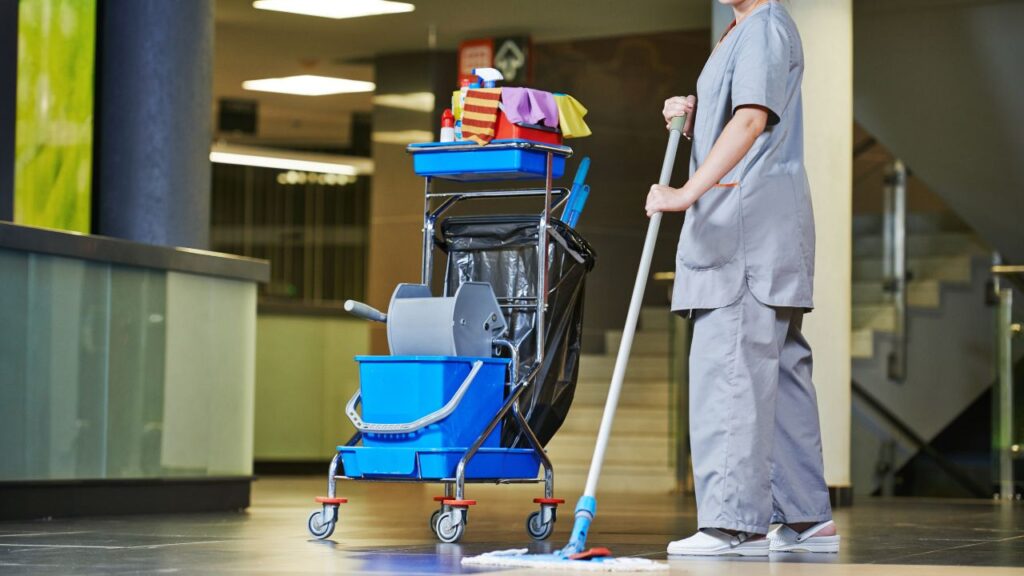
8. Encourage a “Cover and Clean” Culture
Teachers play a major role in modeling and enforcing hygienic behavior. Students should be reminded (daily, if necessary) to cover their mouths when they cough or sneeze — preferably with a tissue or their elbow, not their hands.
More importantly, they should be taught to clean up after themselves when they do. Having disinfectant wipes available, and allowing students to clean their workspace at the end of each day, builds awareness and accountability. It’s a cultural shift — and one that supports every professional cleaning effort in place.

9. Communication Between Staff and Cleaning Teams
An effective strategy to keep clean schools during flu season depends on tight communication. Administrators should keep janitorial teams updated about absences, sick students, and outbreak risks. Likewise, cleaning crews should report back on supply levels, sanitation issues, or areas needing attention.
Using a shared log or a simple digital reporting system can bridge this gap and keep everyone aligned. At Busy Bee, we pride ourselves on proactive updates and open channels — ensuring every classroom receives the care it deserves.

10. Customized Cleaning Schedules for Different Zones
Not all school zones are created equal. Bathrooms need one level of care, while gyms, nurse stations, and cafeterias require another. A cookie-cutter approach won’t cut it. That’s why creating customized schedules based on traffic, use, and risk levels is vital during flu season.
Professional janitorial teams can audit your space, build zone-specific routines, and deploy the right crew at the right time. This strategic deployment keeps every inch of your educational space protected and hygienic — from front office to locker rooms.
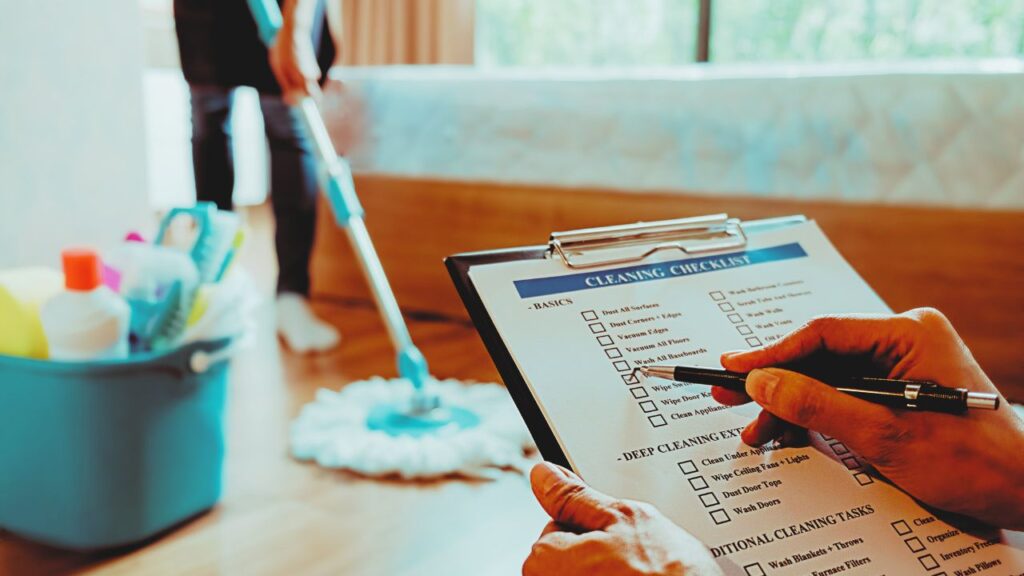
Conclusion
There’s no way to eliminate flu germs entirely, but with the right team and tools in place, we can significantly reduce their spread. To clean schools effectively during flu season, every step counts — from reinforcing hand hygiene to implementing strict daily disinfecting routines. Administrators, teachers, and custodians must work together, guided by clear protocols and strong communication. Most importantly, they need a trusted partner to help them stay ahead of the flu.
That’s where Busy Bee comes in. With a track record of excellence in keeping schools clean for flu season, we deliver quality through consistency, professional behavior, and attention to detail — no misses. Our clients value our minimal onboarding, easy scheduling, and fast response to time-sensitive needs. Whether you manage a charter school, community center, or university, we’re here to keep your space safe, clean, and flu-free. Let us handle the grind, so your students and staff can focus on what really matters: learning.
Contact Us
Get a quote
Your satisfaction is our priority, and we’re here to assist. Reach out to Busy Bee effortlessly by contacting us. Whether you have questions, need a custom quote, or want to discuss your cleaning requirements, our friendly team is ready to respond promptly. Connecting with us is the first step towards a cleaner and more comfortable environment for your home or business.
Call us for a quote today!
Contact Us
Get a quote
Your satisfaction is our priority, and we’re here to assist. Reach out to Busy Bee effortlessly by contacting us. Whether you have questions, need a custom quote, or want to discuss your cleaning requirements, our friendly team is ready to respond promptly. Connecting with us is the first step towards a cleaner and more comfortable environment for your home or business.
